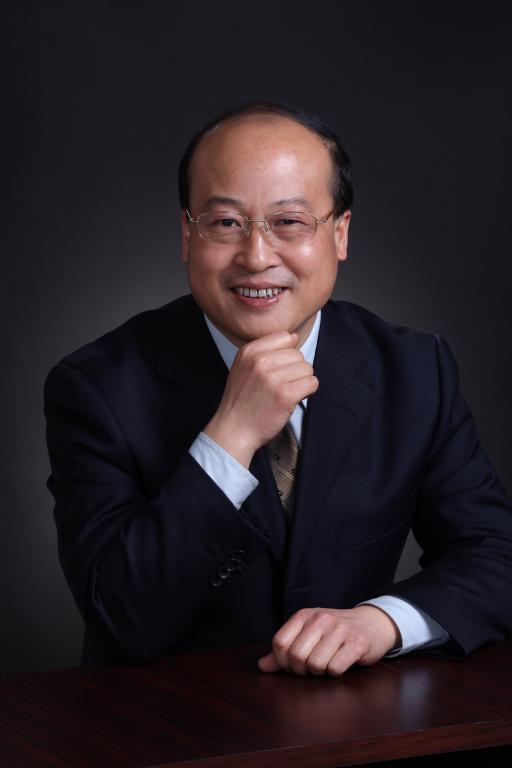 |
Prof. Guohui TianShandong University, ChinaBiography: Guohui Tian received his B.S. degree from Department of Mathematics at Shandong University in 1990, M.S. degree from Department of Automation at Shandong University in 1993, and Doctor degree from School of Automation at Northeastern University in 1997. He also studied as a visiting professor in Tokyo University of Japan from 2003 to 2005. Concurrently, he is a professor in the School of Control Science and Engineering at Shandong University, and serves as the deputy director of the Intelligent Robot Professional Committee of the Chinese Association for Artificial Intelligence, a member of the Shandong Province Robot Development Expert Advisory Committee. |
|
Copyright © ICRCA 2016-2026. All rights reserved.